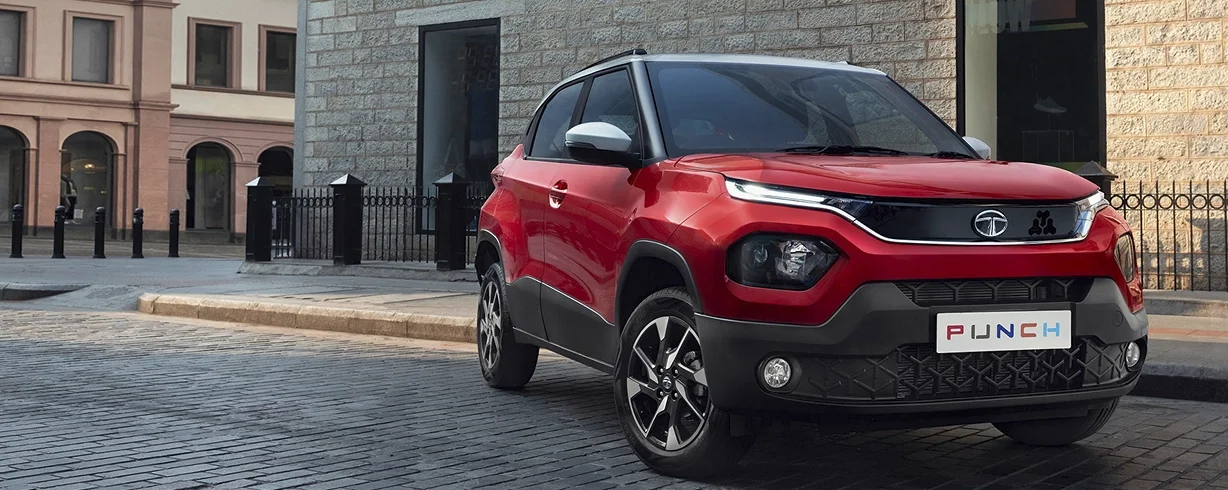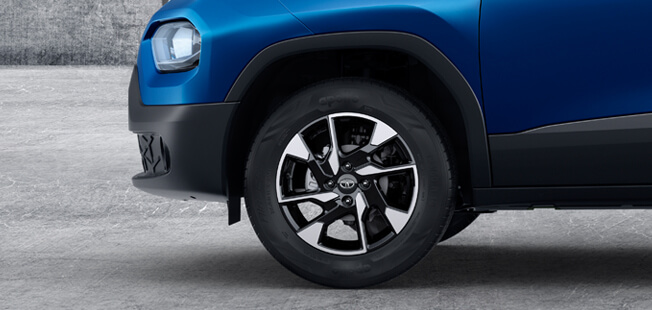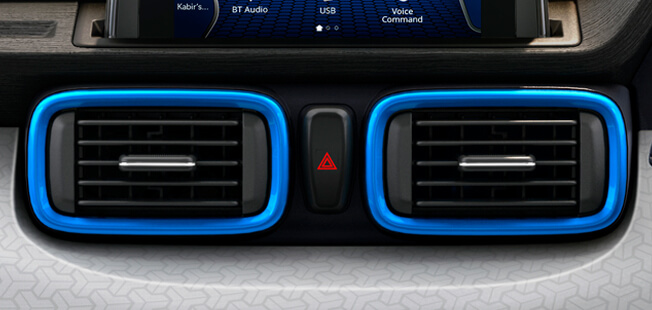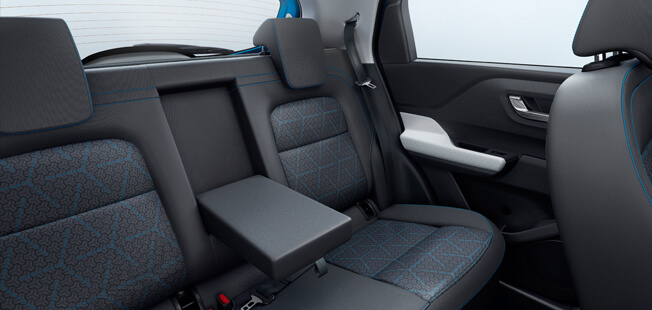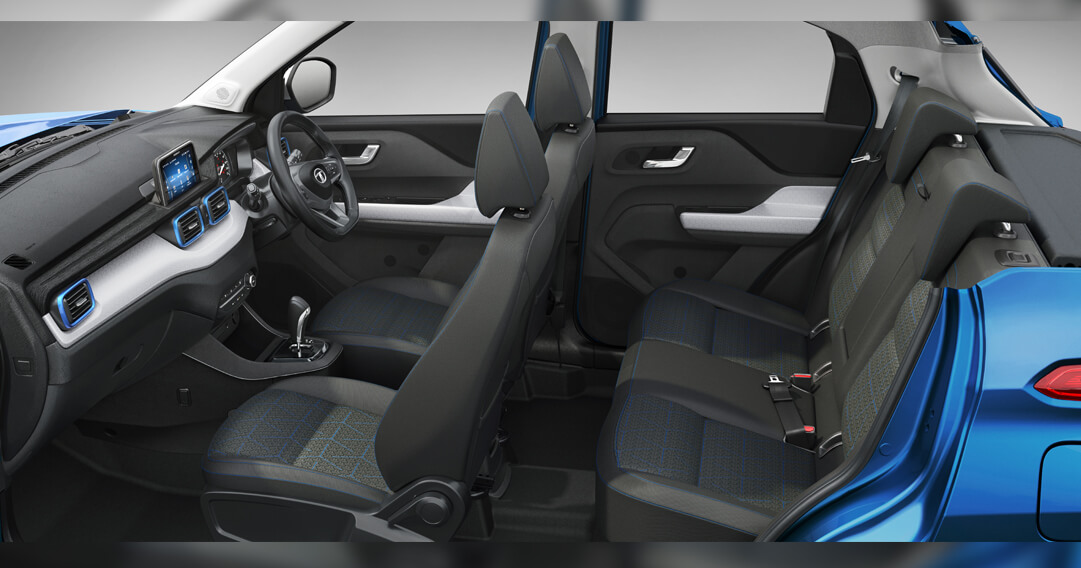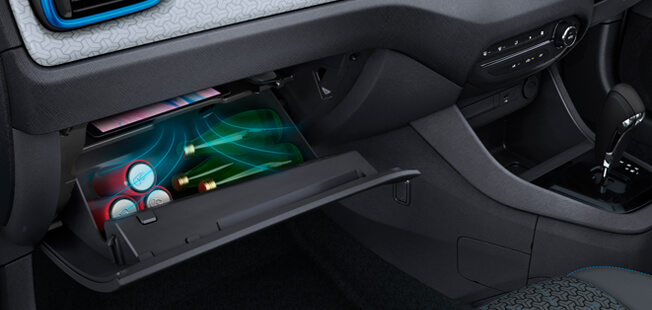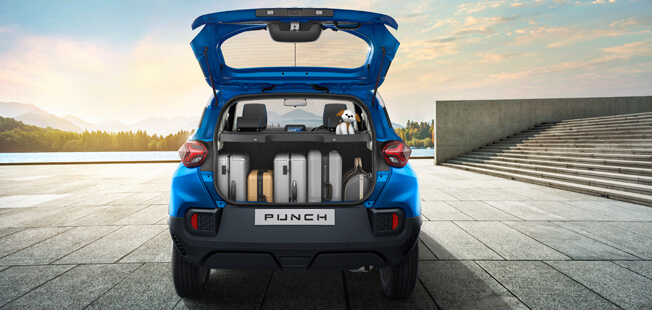Is Tata Punch good for city driving?
The Tata Punch is particularly well-suited for city driving thanks to its compact dimensions, responsive steering, and excellent manoeuvrability. Its elevated driving position offers a clear view of the road ahead, making it easier to navigate through traffic and tight spaces.

